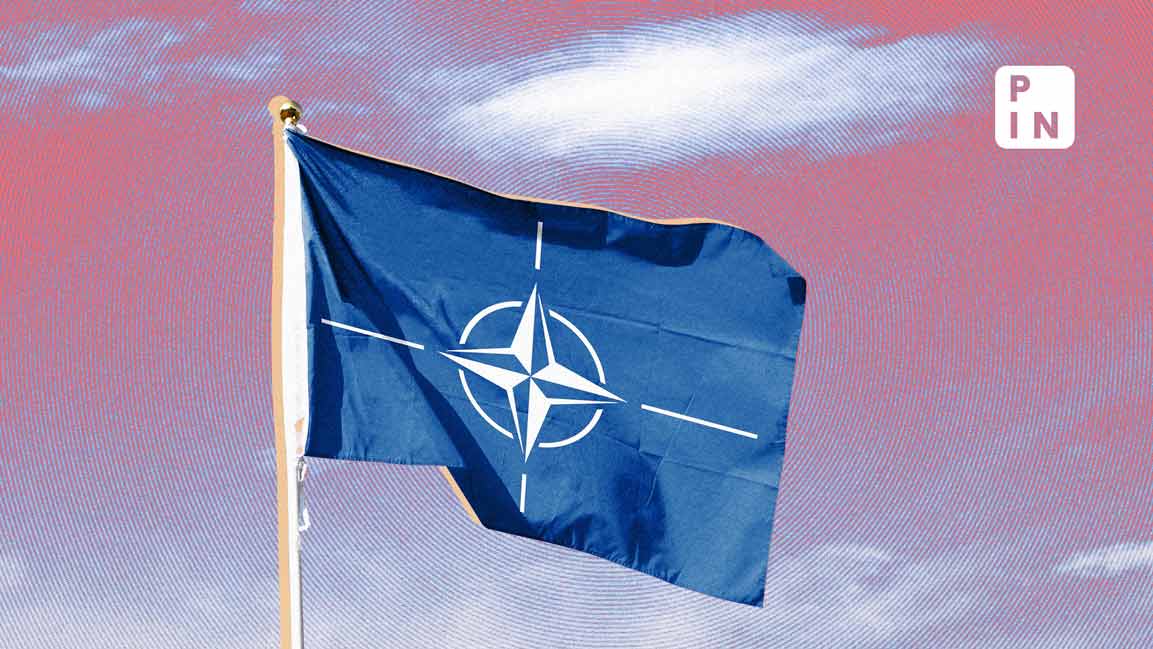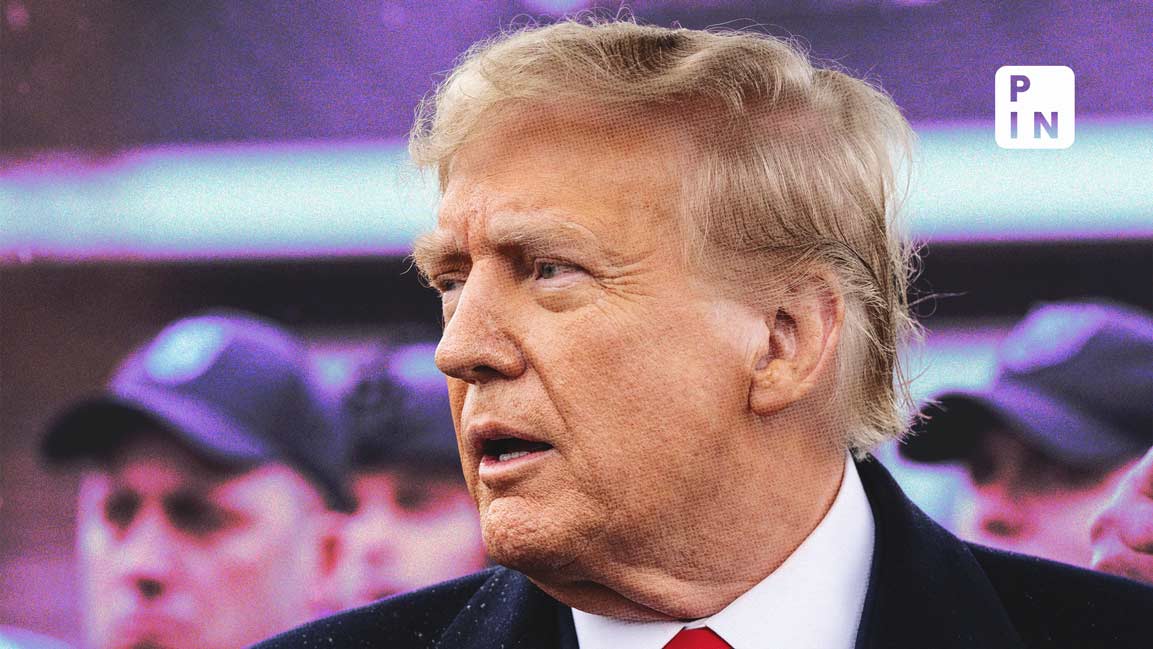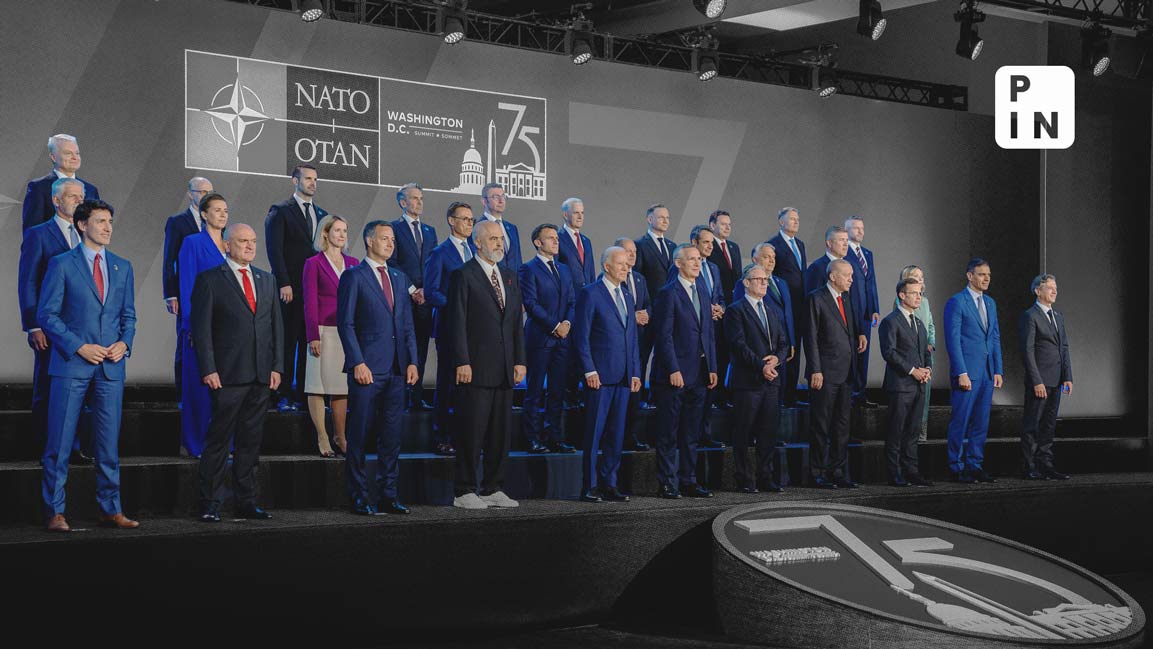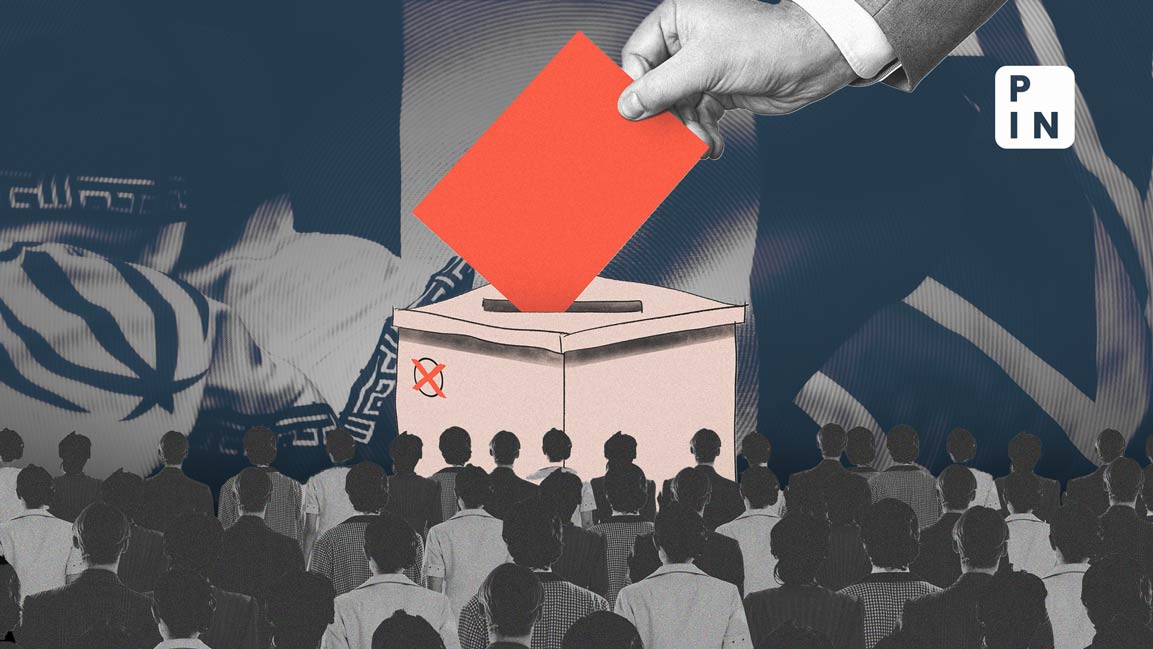- | 11:00 am
Nato at 75: The path forward for Cold War era alliance
As Ukraine supported by Nato is losing the war, what are the West’s options?

On 4 April, marking the 75 years of North Atlantic Treaty Organization (Nato), US President Joe Biden said, “Today, Nato is larger, stronger, and more determined than ever before.”
Secretary General Jens Stoltenberg echoed similar sentiments.
However, the key question remains: Is Nato strong and united enough to support Ukraine in recovering the territory captured by Russia, a task that was enthusiastically accepted in February 2022?
Origins of Nato
The Nato, established in 1949, owes its being to the Cold War that had set in immediately after the end of World War II in 1945.
One of the best definitions of the Cold War was given by Henry Kissinger:
“The superpowers often behave like two heavily armed blind men feeling their way around a room, each believing himself in mortal peril from the other, whom he assumes to have perfect vision. Each side should know that frequently uncertainty, compromise, and incoherence are the essence of policy making. Yet each tends to ascribe to the other a consistency, foresight, and coherence that its own experience belies. Of course, over time, even two armed blind men can do enormous damage to each other, not to speak of the room.”
India, under Jawaharlal Nehru, chose not to follow either of the blind men for good and sufficient reasons.
Nato had an India connection as its first secretary general, General Lionel Ismay, was born in Nainital in 1887. He served as secretary general from 1952 to 1957.
Ismay described Nato’s purpose as “to keep the Soviet Union out, the Americas in, and the Germans down.”
Expansion of Nato
What started with 12 member-states, two from North America (US and Canada) and 10 from Europe, has seen 20 rounds of enlargement, raising the total to 32, starting from 1952 when Greece and Turkey joined. In 1955, West Germany joined and in retaliation the Soviet Union founded the Warsaw Pact that included East Germany.
The latest to join are Finland and Sweden, lengthening the Nato-Russia boundary.
It is not well known that in 1954, Moscow sent a draft proposal to Western Europe to create a European collective security arrangement, offering to join Nato, but the West rejected the offer. The proposal was prepared by then foreign minister V. M. Molotov.
Before that, in March 1952, Stalin wrote to the West saying that he was prepared to agree to establish a united Germany, provided that it pledged perpetual neutrality. The West—the US, the UK, and France—rejected the proposal.
In short, the Cold War was not inevitable, and history could have taken a better course if the West had responded to Moscow’s initiatives.
By the time Mikhail Gorbachev became General Secretary of the Soviet Union in 1985, the Cold War was winding down. He agreed to German reunification and withdrew Soviet troops from East Germany after the Berlin Wall fell in 1989.
Despite assurances from US secretary of state Jim Baker and West German Chancellor Helmut Kohl that Nato would not expand eastward, the alliance’s enlargement continued.
“Not an inch east,” Baker told Gorbachev.
After the collapse of the Soviet Union in December 1991, the West had a window of opportunity to work out a European Security System with Russia’s participation. That opportunity was not availed of.
The apologists for Nato’s expansion have argued that the assurances given to the Soviet Union ceased to be valid after its collapse. The argument, however, does not hold ground as Russia is the legal successor to the Soviet Union.
The major beneficiary of Nato’s expansion is the military industrial complex in the US. That complex was getting stronger and stronger after World War II when they made huge profits.
After the war, they chased profits single-mindedly and started having a say in government decisions by influencing Congress, a trend that President Dwight Eisenhower wanted to reverse. In his farewell speech in January 1961, he warned his compatriots about the harm the complex could do to America.
His warning was not heeded.
Such is the symbiotic relationship between the complex and the legislators, the nomenclature has changed into military industrial congressional complex (MICC).
It is the MICC that has primarily driven the expansion of Nato to the east, closer and closer to Russia’s borders.
In 2014, Russia annexed Crimea, fearing the loss of its naval base in Sevastopol. The fear was triggered after a new government took over following the protests against Viktor Yanukovych who fled to Russia.
The West’s response was limited to condemnation and economic sanctions.
At present, the Nato member-states bordering Russia are Finland, Sweden, Latvia, Estonia, and Lithuania. There was an aborted move in 2008 to take Georgia and Ukraine at the summit held in Bucharest. Washington tried hard, but the Europeans opposed. Earlier, at the 2007 Munich Security Conference, Putin had warned Nato against admitting the two countries.
In August 2008 Russia sent in its forces to support separatists in a part of Georgia, with Abkhazia and South Ossetia successfully seceding. Nato dared not threaten Russia with intervention.
Nato and Trump
Europe is seriously worried that if he returns to the White House, Donald Trump might take the US out of Nato.
The fears are unreal.
Trump is the best salesman for the MICC and all that he wants is to sell more weapons to Europe. If he takes the US out of Nato, the sales will be affected.
Nato and Ukraine
While Nato might be stronger in 2024 than in the past, it is obvious that Ukraine supported by Nato is losing the war. In short, Nato has not delivered all that it promised to Ukraine.
At present it is obvious that Russia has the upper hand militarily. Biden has till now failed to get Congress to approve his proposal to give about $60 billion to Ukraine by way of aid— military and economic.
Nato promised 1 million artillery shells and delivered only 300,000.
Ukraine has been comprehensively devastated by Russia. Its president, Volodymyr Zelenskyy has no intention of stopping a war he cannot win.
How to end the war in Ukraine?
It is for Nato’s leader—the United States—to take the lead and come to a deal with Moscow and end the war.
While it is not possible to anticipate the details of the deal, it is obvious that Ukraine should not join Nato, and that Russia should undertake not to invade Ukraine. Territorial adjustments are for detailed, often endless, negotiations.
In fact, the ceasefire in the ongoing war can be the beginning of a dialogue between Nato and Russia. A war between Nato and Russia should be avoided at all costs, given the MAD (mutually assured destruction) relationship between the US and Russia.
In conclusion, this is not the time to disband Nato, but a serious course correction is called for.
Those who demonize Putin and stop there do not see or wish to see the big picture.













